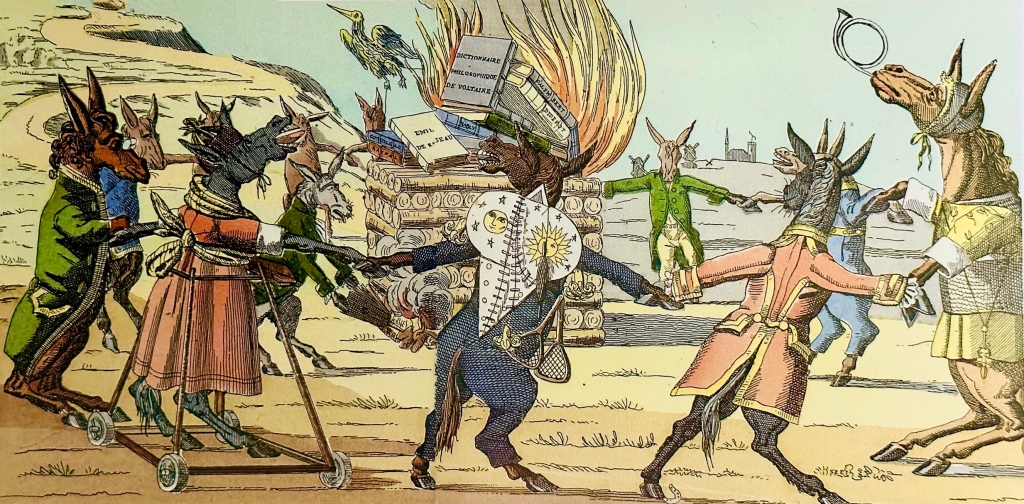
“He who controls the past controls the future. He who controls the present controls the past.” ― George Orwell, 1984
A few short pre-Covid years ago, Google Vice President Vint Cerf turned some heads at the annual meeting of the American Association for the Advancement of Science in San Jose, warning the attending scientists that the digitization of the artifacts of civilization may create a digital dark age. “If we’re thinking 1,000 years, 3,000 years ahead in the future, we have to ask ourselves, how do we preserve all the bits that we need in order to correctly interpret the digital objects we create?” Cerf’s concerns are that today’s technology will become obsolete at some future time, with the information of our own times locked in a technological prison.
(more…)
You must be logged in to post a comment.